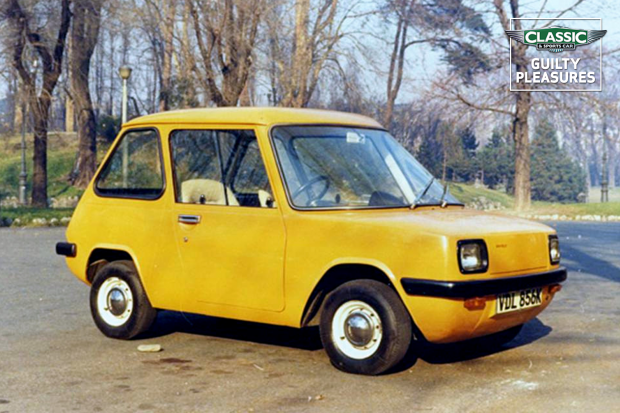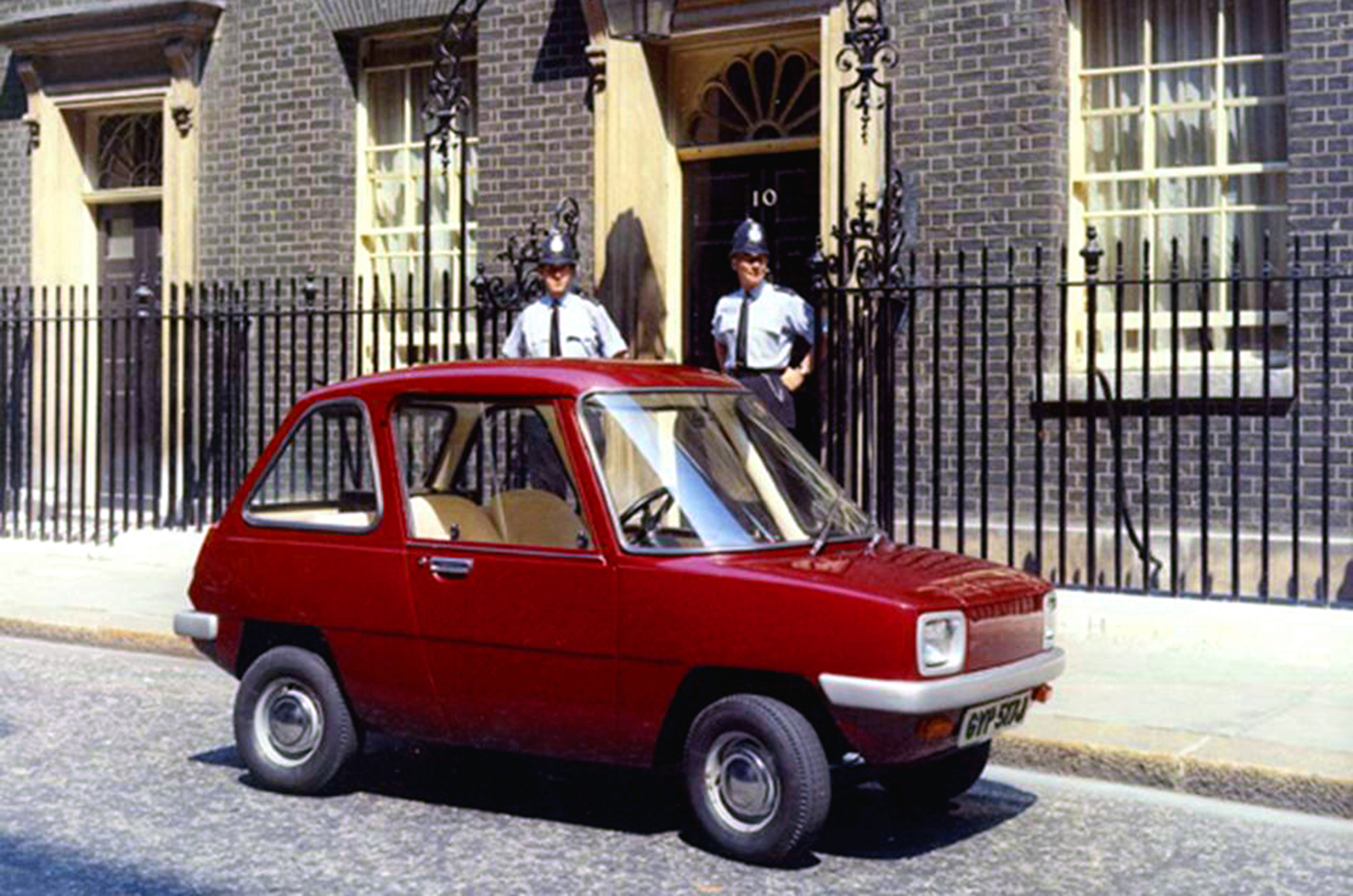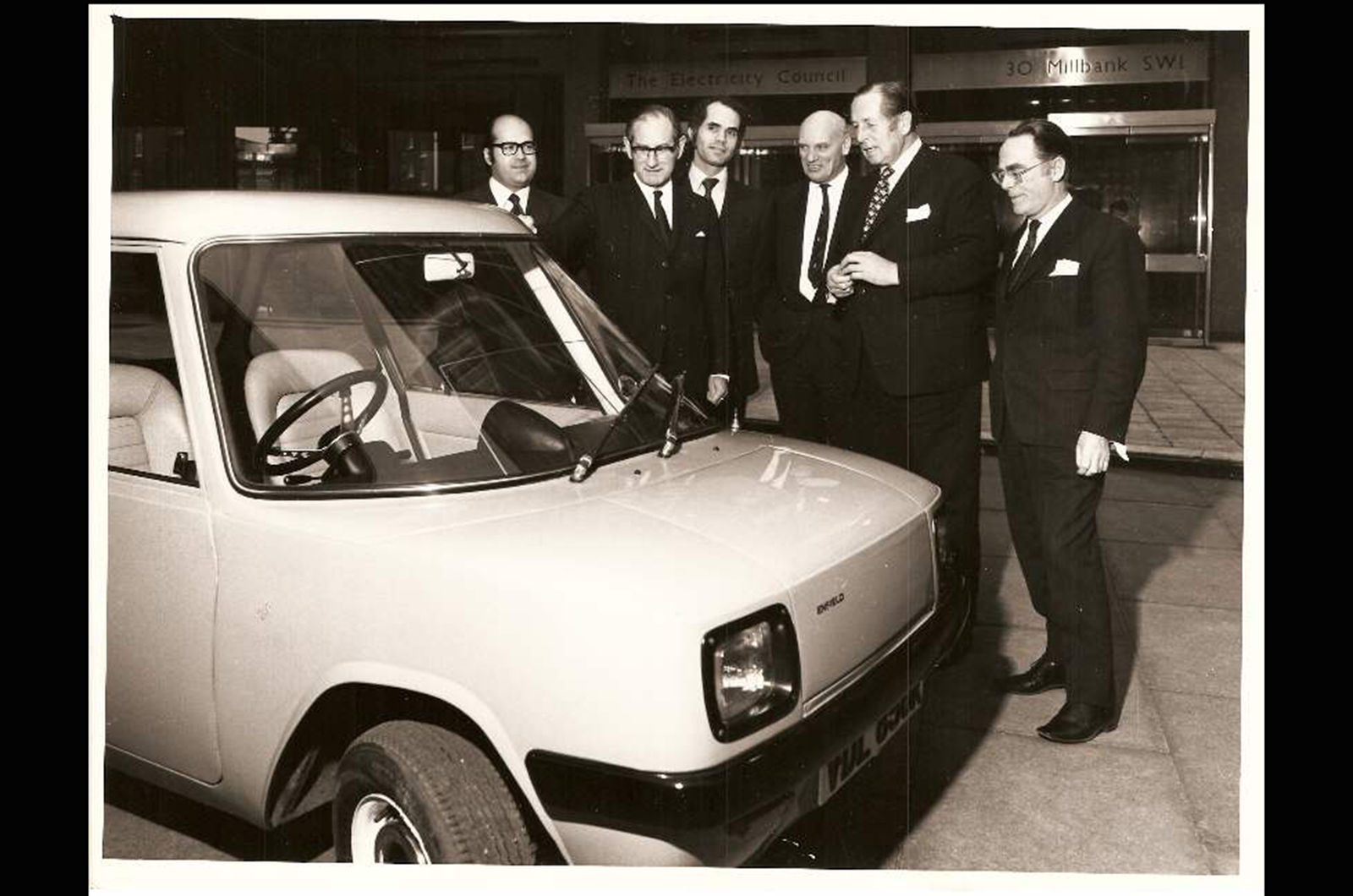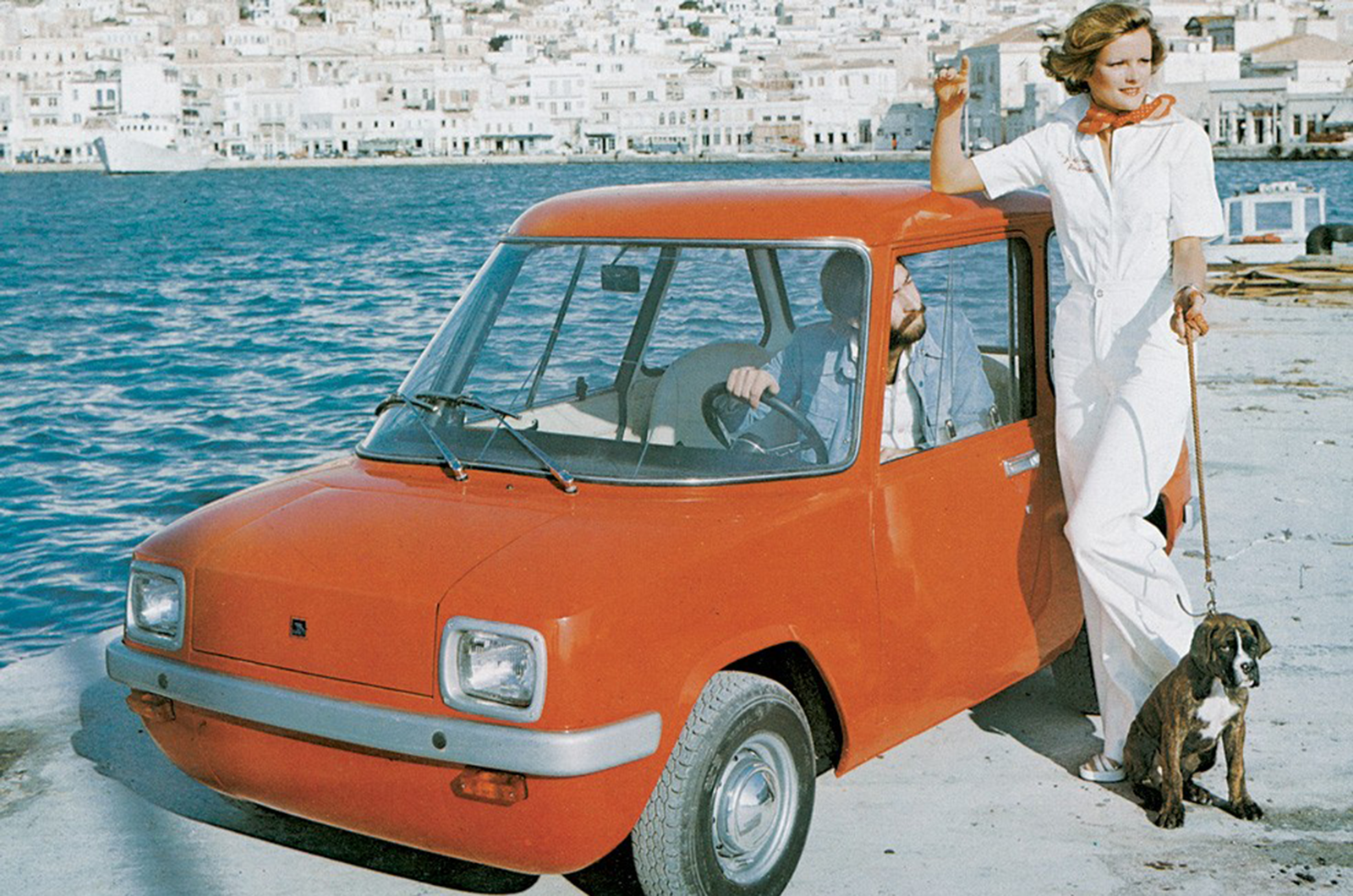
Owning up to a soft spot for the Enfield 8000 might just be the guiltiest pleasure of all.
Styled like an escapee from a Mr. Men story, this painfully slow, two-seater, battery-powered runabout seems only to have the promise of cheap, emissions-free motoring in its favour; po-faced eco warriors might approve but, for the rest of us, the Enfield’s absurd 40-mile range and sub-50mph top speed make it as impractical as it it unromantic.
Look closer, however, and there is an interesting story here. It's the story of a prophetic car built with vaulting ambitions that went beyond the prevailing technology – and at the same time became embroiled in political machinations that meant the tiny 120-unit run was built in two different countries, thousands of miles apart.

The Enfield was very much a product of its time, in that it confronted the very real possibility, widely held during the 1973/4 fuel crisis, that petrol supplies might simply dry up.
Don’t listen to anybody who tells you that the carefree early '70s were all about flared trousers and bad haircuts: for about 18 months, Jaguars and Jensens – any vehicle perceived as thirsty, in fact – were about as welcome as Maggie Thatcher down the local pit.



